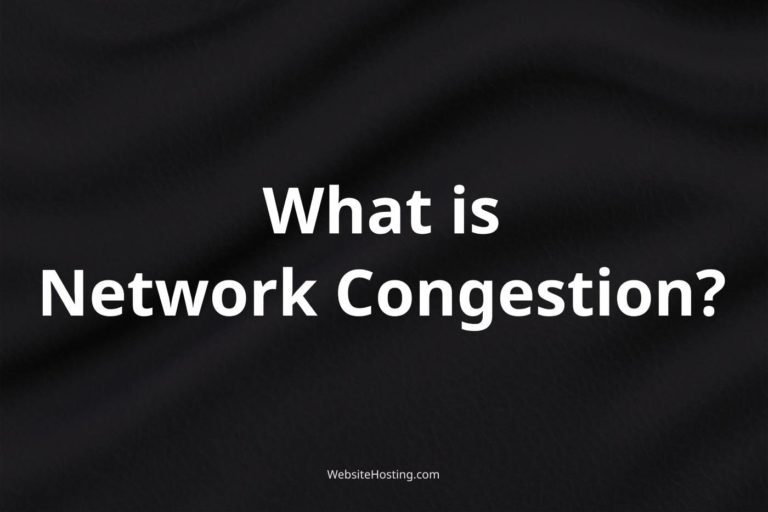In the world of web hosting, there are many tools and techniques available to help improve the performance, reliability, and scalability of websites and applications. One such tool is clustering, which involves grouping multiple servers or computing devices together in order to work as a single system. In this article, we’ll explore what clustering is, how it works, and how it can benefit web hosting.
What is clustering?
A cluster is a group of interconnected servers or computing devices that work together to provide a common set of services or applications. In a web hosting context, clustering typically involves combining multiple servers into a single system in order to improve performance, reliability, and scalability. Clustering allows web hosts to distribute workload across multiple servers, improving processing power and reducing the risk of downtime.
How does clustering work?
Clustering involves a few key components, including:
- Cluster nodes: These are the individual servers or computing devices that make up the cluster.
- Interconnects: These are the communication pathways between the cluster nodes, allowing them to share data and work together.
- Load balancers: These are the devices that distribute traffic across the cluster nodes, ensuring that workload is evenly distributed and no single server becomes overwhelmed.
- Cluster management software: This software is responsible for coordinating the actions of the cluster nodes, ensuring that they are working together effectively and efficiently.
What are the benefits of clustering in web hosting?
There are several benefits to using clustering in web hosting, including:
- Improved performance: Clustering allows web hosts to distribute workload across multiple servers, improving processing power and reducing the risk of downtime.
- Increased reliability: By spreading workload across multiple servers, clustering reduces the risk of a single point of failure, increasing overall system reliability.
- Scalability: Clustering allows web hosts to easily add or remove servers from the cluster as needed, making it easier to scale resources up or down based on demand.
- High availability: Clustering can also provide high availability, allowing applications or services to remain available even in the event of a server failure.
- Simplified management: Clustering can simplify management by consolidating multiple servers into a single system, reducing the need for manual intervention.
Related terms:
- Load Balancing: the practice of distributing incoming network traffic across multiple servers.
- Redundancy: the use of extra components or systems to ensure continuity of service.
- High Availability: the ability of a system to provide uninterrupted service and minimize downtime.
- Fault Tolerance: the ability of a system to continue operating in the event of hardware or software failure.
- Resilience: the ability of a system to recover from and adapt to unexpected events.
- Replication: the process of copying data or software to multiple servers to improve performance and data availability.
- Virtualization: the creation of a virtual version of a computing environment, such as a server or network.
- Server Hardware: the physical components of a server, including CPU, memory, and storage.
- Network Infrastructure: the hardware and software that enable communication between devices on a network.
- Load Balancing Algorithms: methods used to distribute network traffic across servers in a cluster.
Notable brands:
- Amazon Web Services
- Google Cloud Platform
- Microsoft Azure
- DigitalOcean
- Linode
FAQ:
- What is clustering in web hosting?
Clustering is a technique used to group multiple servers together to improve performance and reliability.
- How does clustering improve web hosting performance?
Clustering provides redundancy and load balancing, ensuring that websites and applications remain available and responsive even during high traffic periods or hardware failures.
- What factors should be considered when implementing clustering?
Factors to consider include server hardware, network infrastructure, and load balancing algorithms.
- How can I test my clustering setup?
Regular monitoring and testing of the cluster is important to ensure that it is functioning as intended and that any issues are quickly addressed.
- Is clustering necessary for all web hosting setups?
Clustering is not always necessary, but it can be a powerful tool for improving performance and reliability, particularly for high-traffic websites and mission-critical applications.




